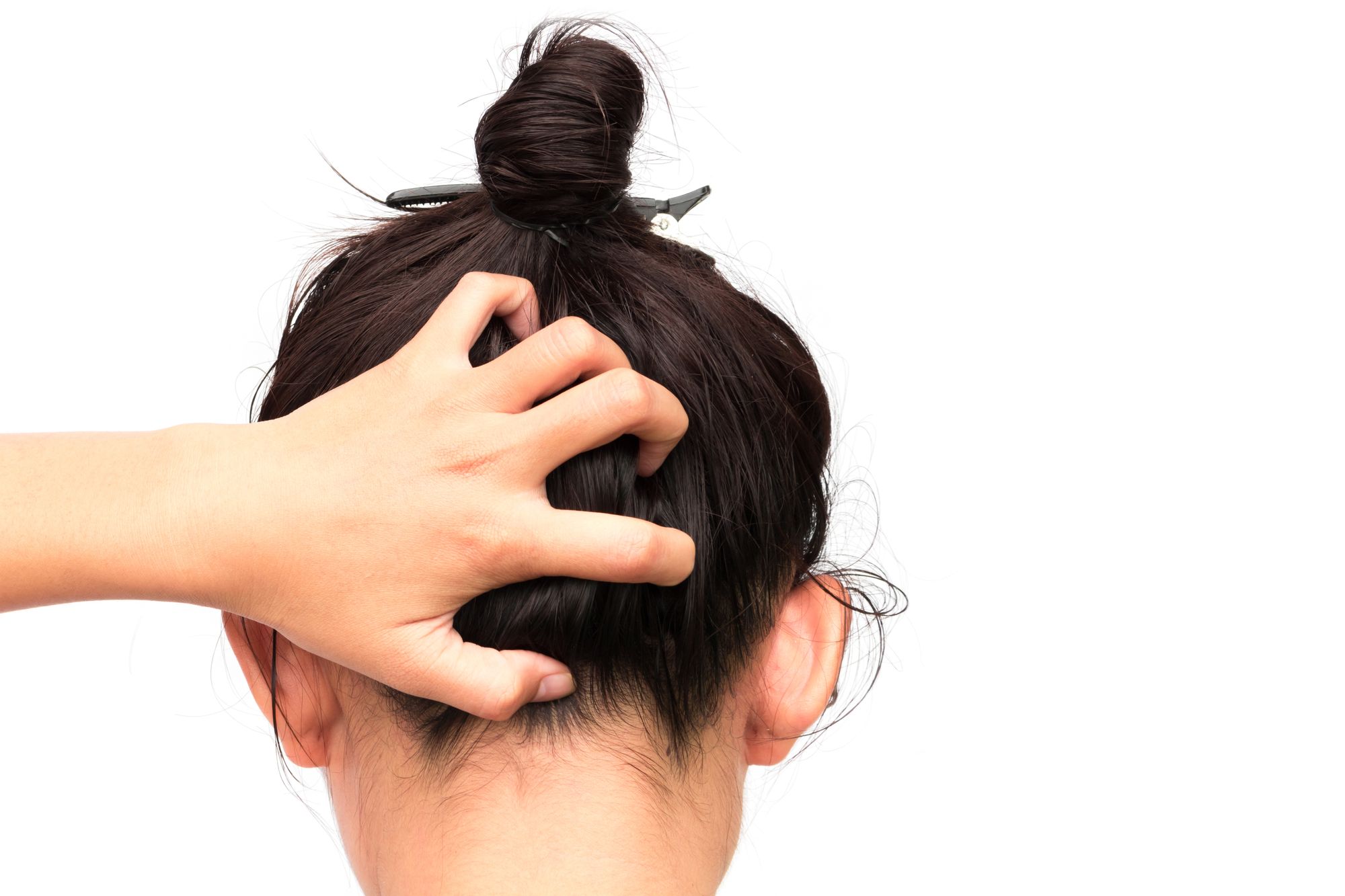Does your skin change with the seasons? As the weather changes, our skin often experiences some irritations as it tries to adjust. We produce more oil, react differently to products, and often see flare-ups of conditions we’ve had before. So, if you’re noticing some red, itchy patches of skin this time of year (that you maybe noticed in the spring too), you could be dealing with seborrhea.
What is Seborrhea?
Seborrhea comes from a yeast that irritates our skin. By definition, seborrhea is “the oily secretion of the sebaceous glands, whose ducts open into the hair follicles.” The problem is that yeast thrives on this oily secretion. So, when yeast is present and the oil glands are over-productive, people experience red, scaly, irritated skin.
What Are the Symptoms of Seborrhea?
Seborrhea occurs around hair follicles (the same place as the ducts for sebaceous glands). And since most hair is present on the head, the most common form of seborrhea is seborrheic dermatitis, or dandruff.
Also, people experiencing seborrhea may notice red, itchy scaliness at the base of the neck, behind and inside the ears, in the eyebrows, and/or around the nostrils. Since it’s a hair-bearing irritant, some men also get it on their chest.
What Causes Seborrhea?
We know yeast causes the irritation, and it spreads because of oil production, but we know little about where the yeast comes from. However, once it’s there, it is hard to remove completely.
How to Treat Seborrhea
The natural tendency is to remove the yeast, since that’s the source of the problem. Yet, since the yeast is all over the body, it’s hard to remove completely — it quickly returns to an area even after it’s initially removed. Products like Head and Shoulders and Selsun Blue work to reduce yeast. Unfortunately, it’s just not very effective. When the yeast returns, so does the itchy, scaly skin.
Seborrhea is much more effectively managed by treating the inflammation instead of the yeast. Mild topical steroids reduce the inflammation, which combats the redness and itchiness.
If you’re dealing with a red, itchy, scaly scalp and dandruff shampoos aren’t helping, it’s time to visit your dermatologist. Seborrhea won’t go away on its own, and it’ll come back seasonally, but you don’t have to live with the symptoms. With the right medication and proactive treatments, that red, itchy skin will soon disappear.

Dr. R. Todd Plott is a board-certified dermatologist in Coppell, Keller, and Saginaw, TX. His specialization and professional interests include treating patients suffering with acne, identifying and solving complex skin conditions such as psoriasis, rosacea, atopic dermatitis, and identifying and treating all types of skin cancers. In his spare time, Dr. Plott enjoys cycling, traveling with his wife, and spending time with his children and new grandson.
Learn more about Dr. Plott.


